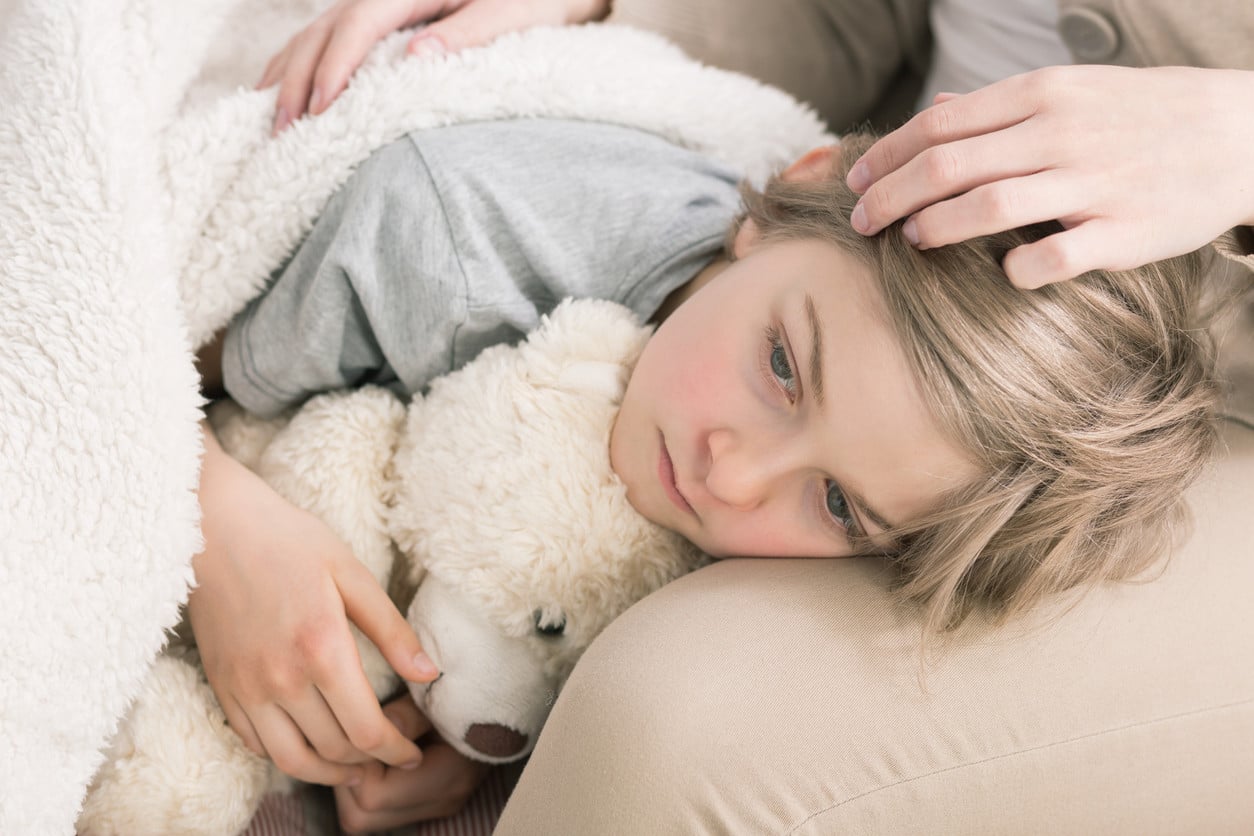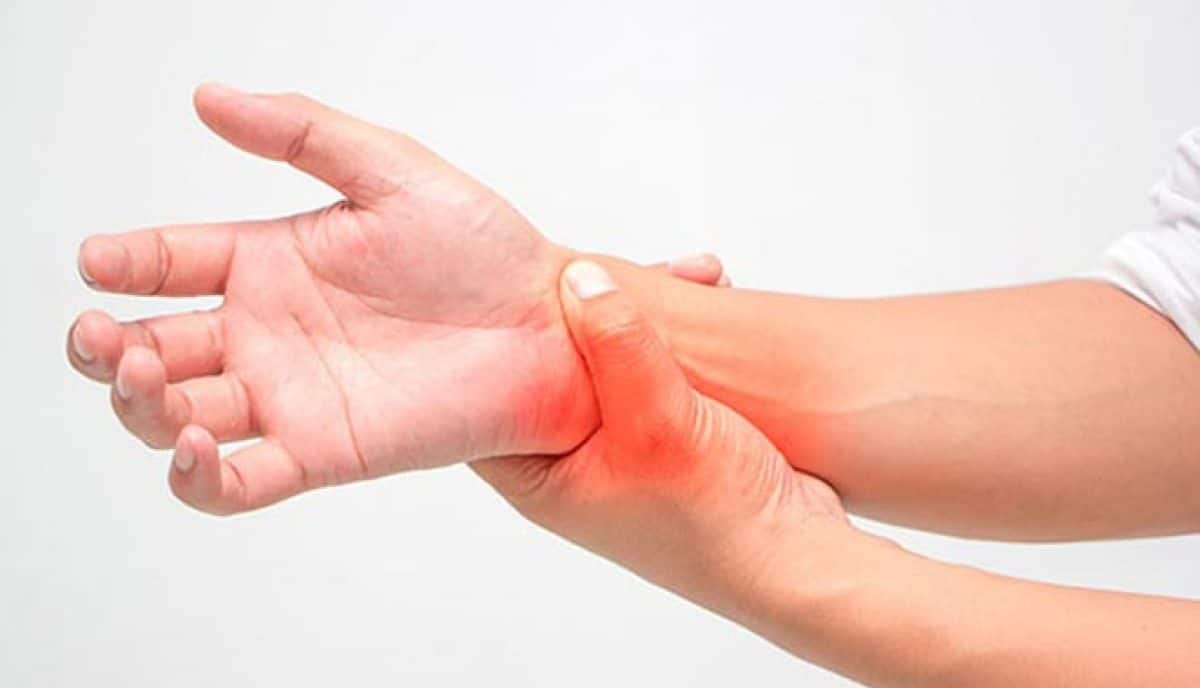
Lupus is a chronic disease that can cause different pains in different parts of the body. It affects adults but there is also the Pediatric lupus and how to treat it in children is the focus of this post. By then help the little ones who suffer from this disease.
The first question is… who can get Lupus? The truth is that anyone can do it. Of all ages, genders and races. However, there are groups with a higher incidence, such as women between 15 and 44 years old. Also people who have relatives with lupus or other autoimmune diseases, and children older than 10 years. For this reason, we address care related to Pediatric lupus.
What is lupus
Es Lupus is a complex autoimmune disease that causes inflammation, swelling and, consequently, pain in different parts of the body. It is known to be born from a faulty immune system that attacks healthy tissue, the tissue from which organs are made. It is characterized by the presence of a multitude of antibodies and can affect any organ.

No one knows for sure what causes lupus since its origins are unknown. Many experts believe that it appears in response to a combination of factors, from hormonal to genetic and environmental. It is claimed that the environmental trigger causes lupus symptoms or may make them worse.
Among the main detected environmental triggers that cause lupus and pediatric lupus, appear ultraviolet (UV) rays from the sun or fluorescent bulbs, certain antibiotics, infections, and bodily or emotional stress. Also low levels of vitamin D, smoking cigarettes and being exhausted. As for the symptoms, they vary a lot according to the picture since Lupus can affect different parts of the body.
The lupus symptoms more frequent may be fatigue, pain and swelling in the joints and headache. Also low fever, swelling of the hands, feet or around the eyes, pain in the chest when breathing deeply. Sensitivity to sunlight, rashes, hair loss, and mouth or nose sores. It can even cause some problems with the blood and blood vessels, such as blood clots, anemia, and so-called Raynaud's phenomenon (numb fingers that turn white or blue).
Lupus in children
A key aspect of Pediatric lupus and how to treat it in children is that, beyond the aforementioned symptoms, 2 out of 3 children have kidney problems. That is why it is important to keep a strict control, both with the pediatrician and with the nephrologist. While there may be mild cases, lupus in children tends to be more severe than in adults.

You have to be very careful with the diagnosis of Pediatric lupus and how to treat it in children since people diagnosed in childhood tend to have more organ damage than people diagnosed in adulthood. In children, lupus affects not only the skin and joints, but also the major internal organs, such as the heart, lungs, brain, liver, and kidneys.
To this day there is no cure for it pediatric lupus so the treatment consists of caring for the child to prevent the immune system attack healthy tissue and to protect organs and prevent them from being damaged. Treatment includes controlling symptoms, such as inflammation and joint pain. There is a battery of medications used for this purpose since, depending on the symptoms, the personalized treatment that the patient will receive.

There is a basic outline for the Pediatric lupus and how to treat it in children which includes anti-inflammatories and steroids for inflammations, antimalarials to protect the skin from rashes and ultraviolet light, biological products to help the immune system, anticoagulants to prevent the appearance of clots and immunosuppressants to prevent the immune system from attacking the body itself .